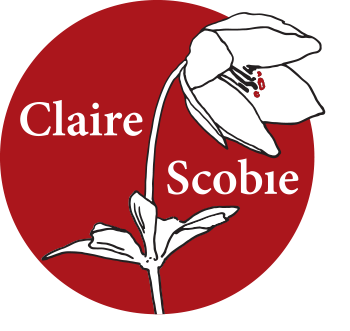10 Jun How objects breathe life into your story
If you have one of those days when you sit down and don’t know what to write, then find an object and write about that. Ideally choose something meaningful. Or quirky. Or precious.
 This exercise works for non-fiction and fiction.
This exercise works for non-fiction and fiction.
For travel memoir, pick an object that is well-travelled. Your battered rucksack, favourite red shoes, that special mood ring you bought in the Istanbul bazaar. Or maybe a smooth pebble you picked up from a Sicilian beach or a carved Balinese figurine.
Then spend six minutes writing intuitively about your object. Random words, thoughts, whatever comes. Don’t censor yourself – just write.
For the next fifteen minutes, use the object to write a scene related to travel. Pick it up and describe it in detail. How does it make you feel?
Write down as much of its history as you know. What memories does it store? Where did it come from? How did it come into your possession? How old is it?
In this second section you are using the object as a way to trigger reflection and to anchor your memories. You are using it as a metaphor, something that may symbolise you and your journeys.
Objects are a great way to embed an experience. You can’t be impressionistic. You have to ground the writing and make it concrete. This makes it more real for your reader. Just as you capture the exact way the light falls on your object, so too, can your reader visualise it.
But objects do more than that.
They can become image motifs in your story. This means as the object recurs, it is like a thread through the narrative.
This is also how you use it in fiction.
Think of three centering objects for your main protagonist. As you get to know what he or she values, you also get to know your character. Each time a particular object appears in the story, your reader is also given a little ‘aagh-hah’ moment. It is another way of anchoring your story.
English novelist, Kate Mosse (Labyrinth, Citadel) takes it one step further. I heard her recently talk about the ‘charisma of things’– that sense when you touch something old and feel connected to all those people who have also touched that object. It’s a way to bypass the rational mind.
It’s a way to use an object to breathe life into your story.
